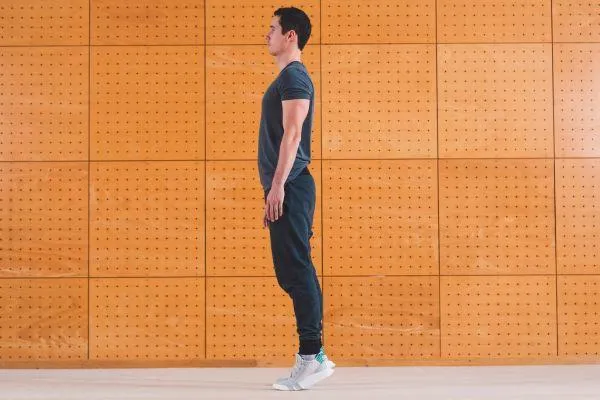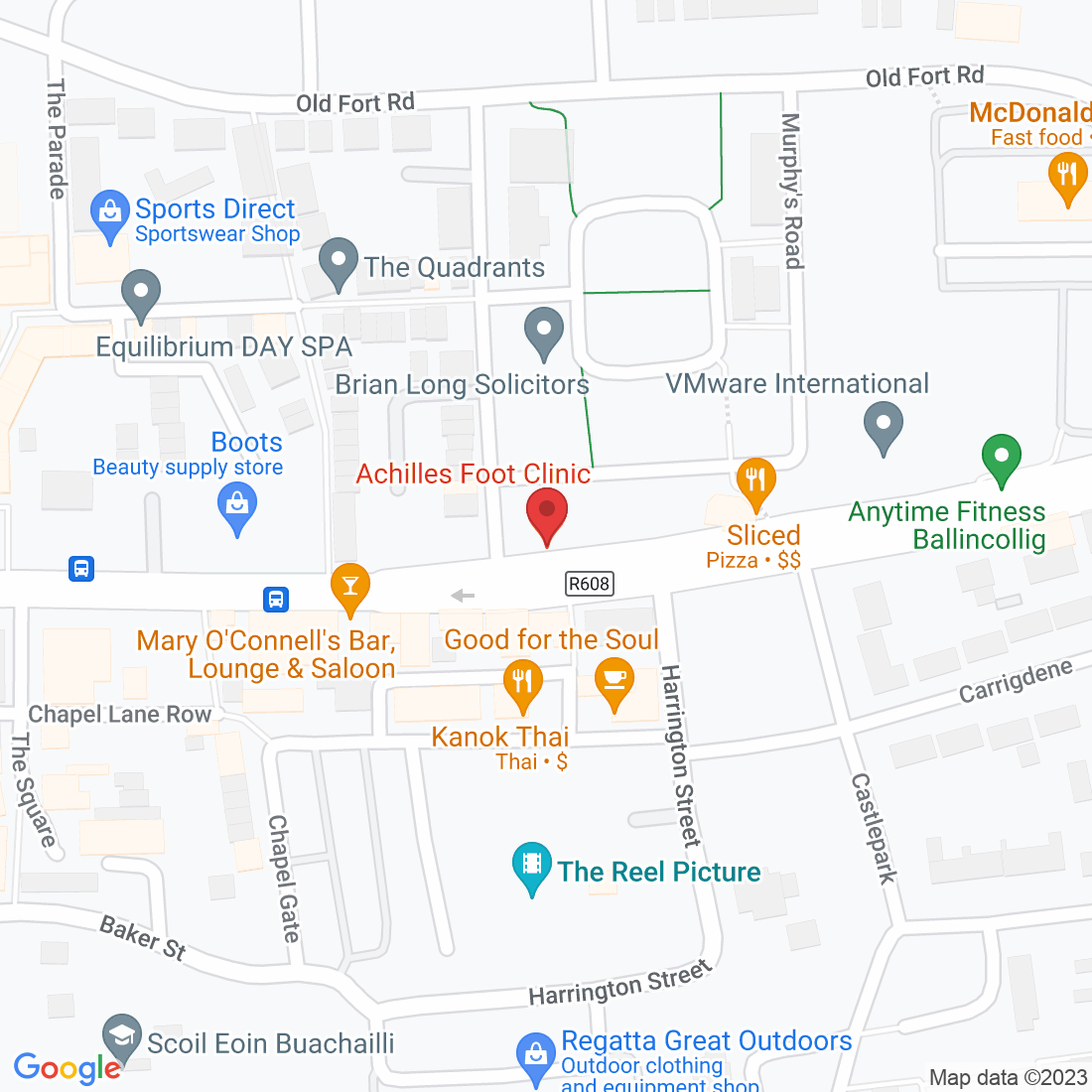
We have all been there, neglected a niggle in our foot and told ourselves that it would probably go away. Weeks have passed, even months, and it’s only getting worse. Then finally, when we are hobbling around barely able to walk, we decide to seek help…
Well, at Achilles Foot Clinic, we are here to help you.

Living with Cavus Foot: How to Manage Pain and Discomfort
Cavus foot, or high arches, is a condition where the arch of the foot is abnormally high, leading to excessive pressure on the toes, heels, and the ball of the foot. This can result in significant discomfort, pain, and instability, affecting your ability to walk, stand, or participate in physical activities. While cavus foot can be a challenge, there are practical strategies and treatments that can help you manage pain and improve your quality of life.
In this blog post, we’ll discuss effective ways to manage the discomfort caused by cavus foot, including footwear recommendations, exercises, and lifestyle adjustments that can reduce pressure, promote healing, and support overall foot health.
Understanding Cavus Foot Pain
The high arch in cavus foot places extra stress on certain areas of the foot, including the heels, balls of the feet, and toes. This often results in symptoms such as:
Heel pain or discomfort from added pressure.
Ball of the foot pain, especially while standing or walking.
Toe pain or calluses due to abnormal toe positioning.
Instability and a higher risk of falls.
Because the foot’s natural shock absorption is compromised in cavus foot, it can lead to pain not just in the feet but also in the knees, hips, and lower back. Managing this pain requires a combination of treatments and lifestyle changes.
1. Choose Footwear That Supports Your Feet
One of the most important factors in managing cavus foot is wearing proper footwear. Shoes that do not offer the necessary support can exacerbate pain and discomfort. Here are some footwear recommendations:
Look for shoes with a deep, wide toe box to accommodate the toes without causing additional pressure.
Arch support is key. Shoes with built-in arch support help alleviate stress on the feet and reduce discomfort. Orthotic-friendly shoes or those with adjustable insoles are ideal.
Cushioning and shock absorption are essential. Soft, cushioned soles can absorb shock from walking, which is especially important for those with high arches.
Avoid high heels and tight shoes. These can exacerbate pain by throwing off your natural gait and increasing pressure on sensitive areas of the foot.
When you have cavus foot, investing in quality footwear that provides the right support is essential for pain management and comfort throughout the day.
2. Use Custom Orthotics
Custom orthotics are specially designed shoe inserts that provide personalised support based on the shape of your feet. For those with cavus foot, orthotics can help:
Redistribute pressure across the foot.
Provide cushioning and additional shock absorption.
Help correct your gait, promoting better alignment and reducing pain in the feet, knees, and back.
A podiatrist at Achilles Foot Clinic can assess your foot structure and recommend orthotics tailored specifically to your needs.
3. Foot Exercises to Relieve Pain
Incorporating foot exercises into your daily routine can help strengthen the muscles around the foot and improve flexibility. Here are some exercises to try:
Toe Tapping: While seated, tap your toes up and down. This can help improve the flexibility of the toes and reduce tightness.
Arch Stretch: Sit with your legs extended and use a towel or band to gently stretch the arch of your foot. Hold for 20-30 seconds to stretch the muscles and ligaments.
Heel Raises: Stand and slowly raise your heels, placing all your weight on the balls of your feet. Hold for a few seconds, then lower your heels back down. This exercise strengthens the calf muscles and can help improve stability.
Foot Rolling: Use a tennis ball or a foot roller and roll it under your foot for a gentle massage. This can help relieve tightness in the arch and ball of the foot.
These exercises, combined with proper footwear and orthotics, can help alleviate pain and improve foot function.
4. Manage Pain with Ice and Rest
If you’re experiencing pain after standing for long periods or engaging in physical activities, it’s important to manage inflammation:
Ice your feet to reduce swelling and relieve pain. Apply an ice pack for 15-20 minutes after activities that stress the foot, like walking or standing for long periods.
Rest your feet when needed. If you experience significant discomfort, take breaks to elevate your feet and allow them to rest. Avoid excessive walking or standing if pain becomes unbearable.
5. Consider Physical Therapy
If cavus foot is causing significant pain or mobility issues, a podiatrist may recommend physical therapy. A physical therapist can guide you through exercises that strengthen foot muscles, improve flexibility, and promote proper alignment. Additionally, therapy may help with gait training, ensuring that your walking patterns are optimal for minimising pain.
6. Surgical Options for Severe Cases
In rare cases, when non-surgical treatments do not alleviate pain or improve function, surgery may be an option. Surgical procedures for cavus foot can include:
Tendon lengthening to relieve tightness in the Achilles tendon.
Bone realignment to correct the foot’s structure and improve arch height.
Fusion surgery for cases where joint instability or deformity is present.
If conservative treatments have not worked, it’s important to discuss your surgical options with a podiatrist at Achilles Foot Clinic.
Conclusion
Living with cavus foot can be challenging, but with the right strategies, you can manage pain and discomfort effectively. From choosing the right footwear and using custom orthotics to incorporating exercises and seeking professional guidance, there are many ways to improve your foot health and overall mobility. If you are dealing with cavus foot and looking for personalised advice or treatment, contact Achilles Foot Clinic today.
Ask Lorcan And His Team
Fill in the form to request a Call From Our Team
Fill in the form to request a Call From Our Team
One of our team will call you for FREE and answer any questions or concerns you may have about Bunions.
One of our team will call you for FREE and answer any questions or concerns you may have about your uncomfortable Bunions.








